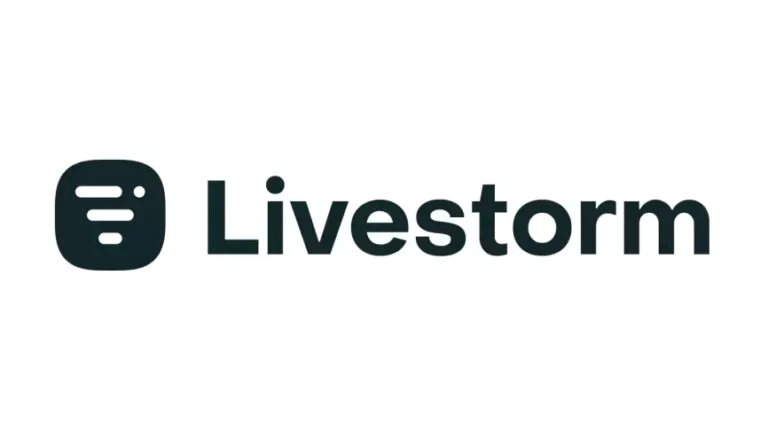Unlock Your Potential: Step-by-Step Guide to Building First Course on Thinkific
Online learning has become more popular and accessible than ever before. Whether you’re a seasoned educator, a business professional looking to expand your expertise, or simply someone passionate about sharing your knowledge, creating an online course is a powerful way to connect with learners from all corners of the globe. Fortunately, Thinkific offers a user-friendly and versatile platform that empowers you to build, market, and sell your courses with ease and efficiency.
If you’ve been considering entering the world of online education but weren’t sure where to start, Thinkific provides all the tools you need to succeed. With its intuitive design and robust features, it’s easier than ever to turn your ideas into a fully-fledged course. Whether your goal is to teach, inspire, or grow your business, this guide will walk you step-by-step through the process of creating your first course on Thinkific, setting you up for success in the exciting realm of online learning.
Step 1: Sign Up for Thinkific
The journey begins with signing up for Thinkific. Head over to their website and click on Get Started. You’ll need to enter your email, create a password, and choose a name for your course. Thinkific offers a free plan, which is a great way to start without any financial commitment.
When it comes to pricing, Thinkific has a few options. The Free Plan allows you to create up to three courses, making it perfect for newcomers. If you want more features, the Basic Plan offers unlimited courses and advanced tools for a monthly fee. For those ready to scale, the Pro and Premier Plans include features like enhanced marketing tools and priority support. Understanding these options will help you pick the right plan for your needs.
Step 2: Define Your Course Topic
Now that you’re signed up, it’s time to choose your course topic. Think about your skills and interests. What do you love to do? What knowledge do you have that could benefit others? It’s essential to find a topic that excites you because your passion will shine through in your content.
Once you have a few ideas, it’s crucial to validate them. Research your target audience by engaging with them on social media or in online forums. Familiarizing yourself with these options will empower you to choose the plan that best aligns with your goals and requirements.
Step 3: Outline Your Course Structure
A solid course structure is key to a smooth learning experience. Break your course into modules and lessons, which will help keep everything organized. For example, you might structure your course like this:
To structure your course effectively, you might begin with Module 1: Introduction, which includes an overview in Lesson 1, followed by an exploration of key concepts in Lesson 2. Next, Module 2: Deep Dive would delve deeper into the subject matter, starting with an examination of relevant theories in Lesson 1 and then transitioning to practical applications in Lesson 2. Finally, Module 3: Wrap-Up would conclude the course, featuring a final project in Lesson 1 that allows students to apply what they’ve learned, followed by a summary in Lesson 2 to reinforce the main takeaways.
Each module should have clear learning objectives, which will guide you in creating your content and help your learners know what to expect.
Step 4: Create Engaging Content
Now comes the fun part: creating your content! Think about mixing different formats to keep your learners engaged. You could use video lessons, quizzes, and downloadable PDFs. Incorporating a variety of content formats is essential to address different learning styles effectively. By offering diverse materials, you can engage visual, auditory, and kinesthetic learners, ensuring that all students find something that resonates with them.
When creating videos, make sure to invest time in quality. Use a quality camera and microphone to enhance your video production, ensuring clear visuals and sound. Additionally, pay attention to your lighting to create a bright, inviting atmosphere, and choose a clean, organized background to keep the focus on you and your content. For your slides, opt for visually appealing designs using tools like Canva to create professional graphics. Don’t forget to include interactive elements like discussion forums or Q&A sessions to foster engagement.
Step 5: Set Up Your Course in Thinkific
Once your content is ready, it’s time to bring it all together on Thinkific. Log into your dashboard, navigate to the Courses section, and click New Course. This is where you’ll upload your modules and lessons, and organize your content.
Take advantage of Thinkific’s customization options. You’ll want to set your course pricing and decide whether it will be self-paced or on a fixed schedule (drip content). You can also offer completion certificates to give your students a sense of achievement.
Step 6: Design Your Course Landing Page
Your course landing page is crucial it’s where potential students will decide whether to enroll. Make sure it’s visually appealing and clearly outlines the benefits of your course. Write an engaging course description, include key features, and add testimonials if you have them. A strong headline, an overview of what learners will gain, and a clear call to action, like Enroll Now, can make a huge difference in conversion rates.
Step 7: Launch Your Course
With everything set up, it’s time for the big launch Develop a marketing plan to promote your course effectively. Consider using email campaigns to build anticipation. You can send teasers or special offers to your email list leading up to the launch.
Social media is also a powerful tool. Share sneak peeks of your course content and behind-the-scenes moments. Hosting a free webinar can be an excellent way to provide value while promoting your course at the end.
Don’t forget to utilize Thinkific’s marketing tools. You can create discount coupons to encourage early sign-ups and set up an affiliate program to have others promote your course for a commission.
Step 8: Gather Feedback from users and Iterate
Once your course is live, gathering feedback is crucial for continuous improvement. Reach out to students after they complete the course to get their thoughts. Use surveys or informal check-ins to ask what they liked, what could be improved, and what other topics they might be interested in.
Use this feedback to make necessary adjustments. Regularly revisiting your course content based on student input will help ensure it remains relevant and valuable. This process not only improves the learning experience but also fosters long-term satisfaction among your students.
Conclusion
Creating your first course on Thinkific is an exciting journey that allows you to share your expertise and connect with learners. By following these steps from signing up and defining your topic to creating engaging content and launching your course you can build something truly impactful. Remember, the journey doesn’t end at launch; continuous improvement based on feedback will keep your course thriving.
Ready to Share Your Expertise On Thinkific?
Are you ready to leap? Sign up for Thinkific today and start sharing your knowledge with the world. Your expertise is a valuable resource, and there are countless learners eager to benefit from what you have to offer. Don’t wait create the course you’ve always envisioned and empower others to grow and succeed. Your journey as an educator starts now.







